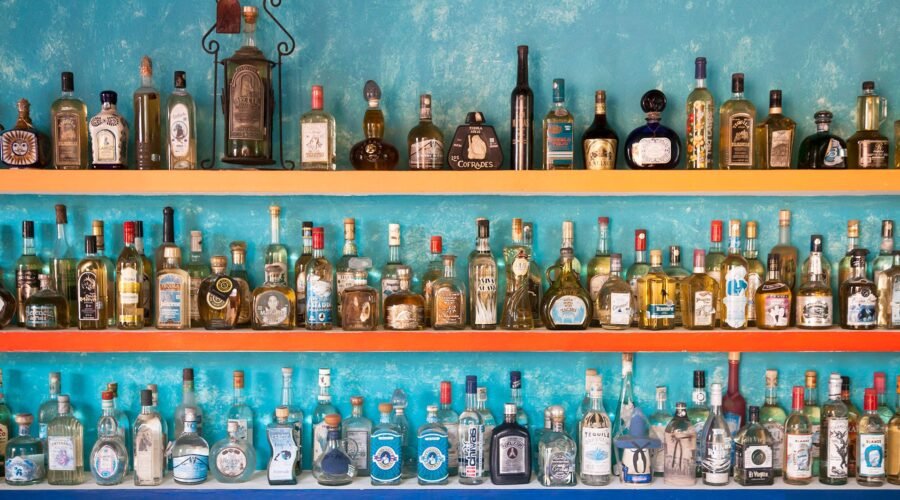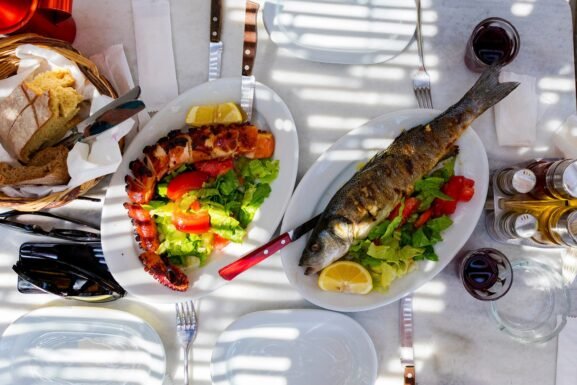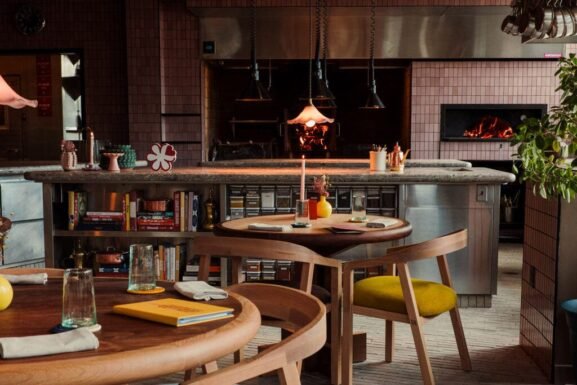Culture: Is It Time to Leave Tequila Alone?
“In my opinion, the tequila world has seen enough blancos, enough repos, enough extra anejos, anejos—it’s been done so many times,” says Mike Winters, founder and CEO of Quintaliza Tequila, speaking in a promotional video used to launch its “coffee-finished” reposado in June 2023. “It’s time to come up with something different, a little more innovative.”
That statement set me on my heels for a moment after it sank in: The world has seen enough blancos.
Speaking as someone who just reviewed a whopping 50-plus blanco bottlings for a Wine Enthusiast issue this fall, I’ll grant the possibility that could be true. The rest of the U.S., and its seemingly limitless thirst for tequila right now, might heartily disagree, however—according to IWSR Drinks Market Analysis, agave spirits contributed $1.6 billion to the spirits industry in 2022, accounting for 70% of the overall volume growth for U.S. spirits.
But is a flood of traditionally made liquid enough to warrant innovation, just for the sake of novelty? Honestly, I don’t think so.
You May Also Like: Is That Tequila Additive-Free? Odds Are Not
Lately, a number of boundary-pushing tequila bottles have crossed my desk— and I can’t decide whether to be excited or highly cranky about some of these so-called innovations.
For example: a “smoked” tequila (Cenote’s Ahumado), which mingles smoke and honey tones, resembling a smoky mezcal, or perhaps a peated Scotch, depending on your perspective. Or take Volcan de Mi Tierra’s X.A., which blends repo, anejo and extra anejo into a luxury spirit that doesn’t fit neatly into a prescribed age category but mimics how Cognac producers blend brandies of various ages. The end result is rich but still lively—not unlike a good Cognac. And then there’s Quintaliza’s reposado, which is rested in barrels that previously held coffee, a process that adds nuanced espresso-like bitterness and a whisper of hazelnut to an otherwise classic flavor profile.
When it comes to pushing tequila’s boundaries, how far is too far?
I don’t think tequila
needs anything to make it
taste better.Juan Coronado
For perspective, I turned to Juan Coronado, cofounder of Mijenta Tequila (the craziest the brand gets is a gran reserva añejo aged in four casks, including acacia and cherry wood). His take: respect tequila’s limits.
“I’m a purist,” Coronado says. “I don’t think tequila needs anything to make it taste better.” As long as you “control your processes,” he adds—meaning taking the time to cook and ferment the agave slowly, and distill with precision, “I don’t think tequila needs more than that.”
The world has seen enough blancos.
You May Also Like: The Best Tequilas for Every Kind of Drinker
Maybe this issue is that the world hasn’t seen enough great blancos (or repos, anejos, etc.), and that’s the logical place to start thinking about improvements.
In terms of sourcing business ideas, there’s something to be said for going where the crowds are not. But innovating just because there’s too much of something that’s already good and well-loved? That’s not reason enough to expand beyond existing confines.
My personal take lands somewhere between those of the experimental Winters and purist Coronado. Good tequila doesn’t need to mimic peated whiskey or Cognac; it doesn’t require an identity crisis. I’m all for finding the next frontier in the agave space, but the end result needs to be somehow better or more interesting than what’s already out there.
Until then, just let tequila be tequila.
This article originally appeared in the 2023 Best of Year issue of Wine Enthusiast magazine. Click here to subscribe today!
Bring the World of Wine to Your Doorstep
Subscribe to Wine Enthusiast Magazine now and get 1 year for $70 $29.99.
Published: January 1, 2024
Like what you’re reading? Learn more about:


